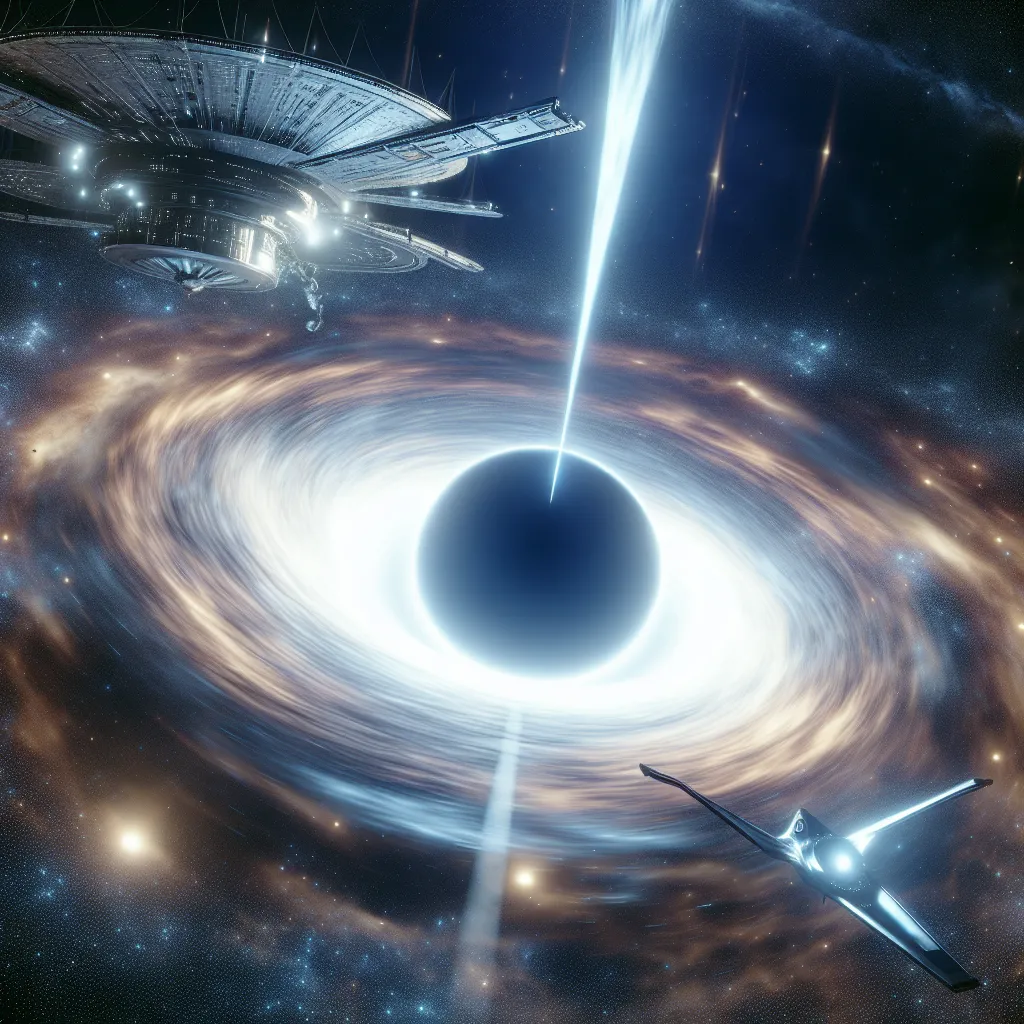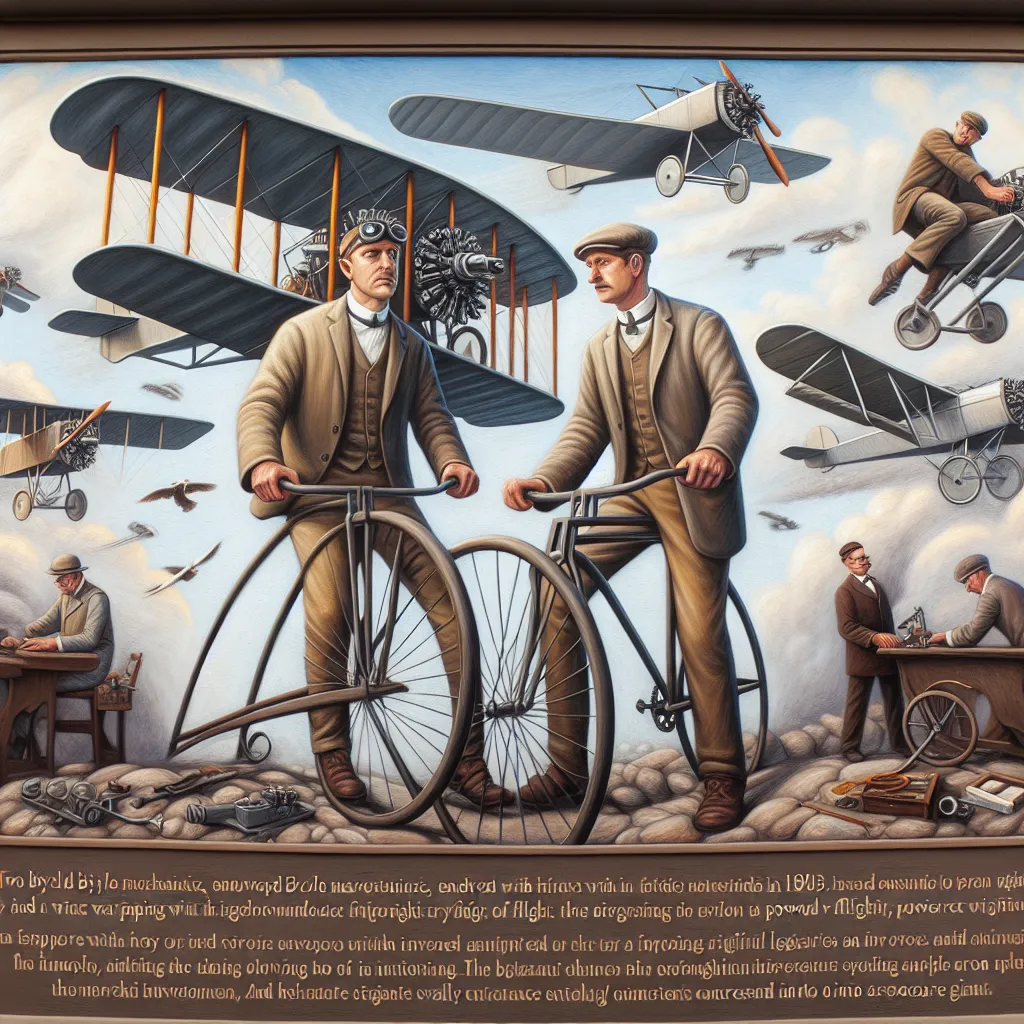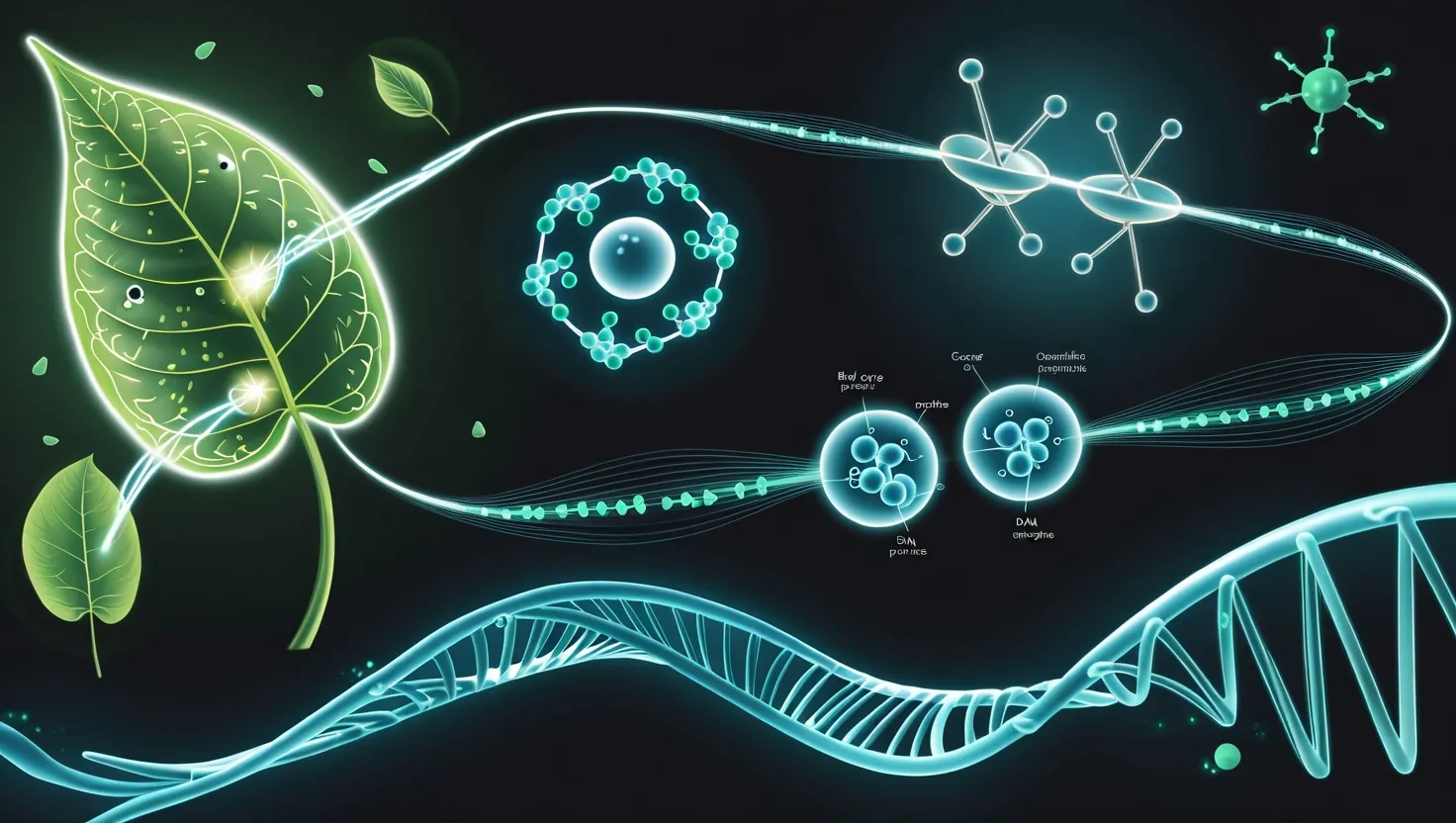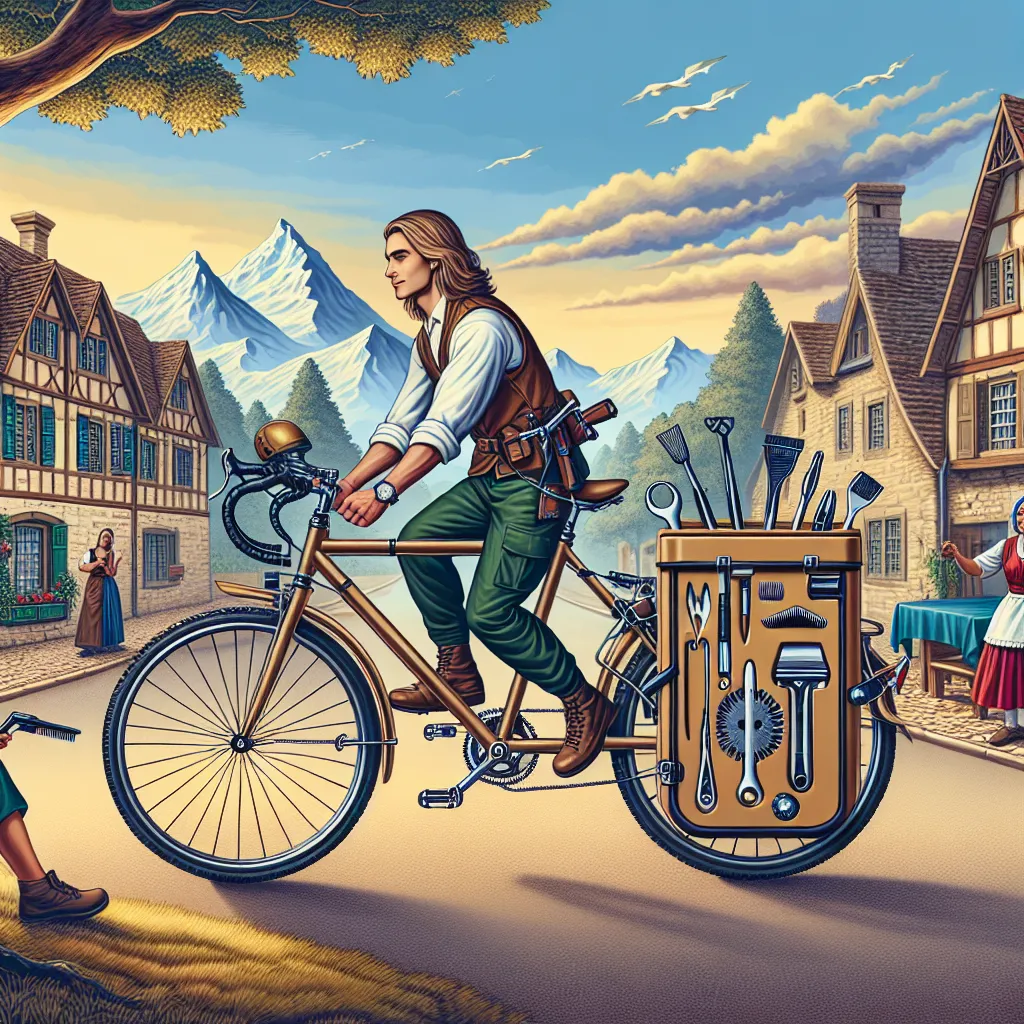Spacecraft have already ventured through our solar system, but the dream of sending a probe to a black hole captures our imagination like no other mission. Imagine a mothership traveling at incredible speeds, enough to place a probe into a safe orbit around this cosmic monster.
As the probe approaches the black hole, it starts feeling a bizarre gravitational pull, far stronger than any gravity we experience on Earth. Here, gravity would stretch you apart before you even get close. This phenomenon is known as spaghettification. It’s a grim fate; nothing can survive it. You’d be pulled and stretched, turning into a string of fragmented pieces, swallowed forever by the darkness.
Interestingly, from the perspective of the mothership, the closer the probe gets to the event horizon, the slower it appears to move. Gravity stretches not just space but also time. Eventually, the probe seems to freeze at the event horizon, appearing both destroyed and eternal. Inside the black hole, the probe would still see light from outside, right up until the end.
Yet, the mysteries of black holes go even deeper. Some theories suggest that falling through a rotating black hole could transport you to another universe or dimension. While these ideas sound like science fiction, they’re rooted in some speculative scientific theories. Though movies might portray a spaceship navigating through a black hole and emerging elsewhere, the actual laws of physics indicate an encounter with a singularity—a point where matter and time are infinitely warped and destroyed.
The fascination with black holes is driven by the unknown. What happens deep inside a black hole remains one of the biggest mysteries in physics. Could it be the worst place in the universe, or is there something even more bizarre that awaits? The answers lie far beyond our current capabilities but continue to inspire both scientists and storytellers alike.






